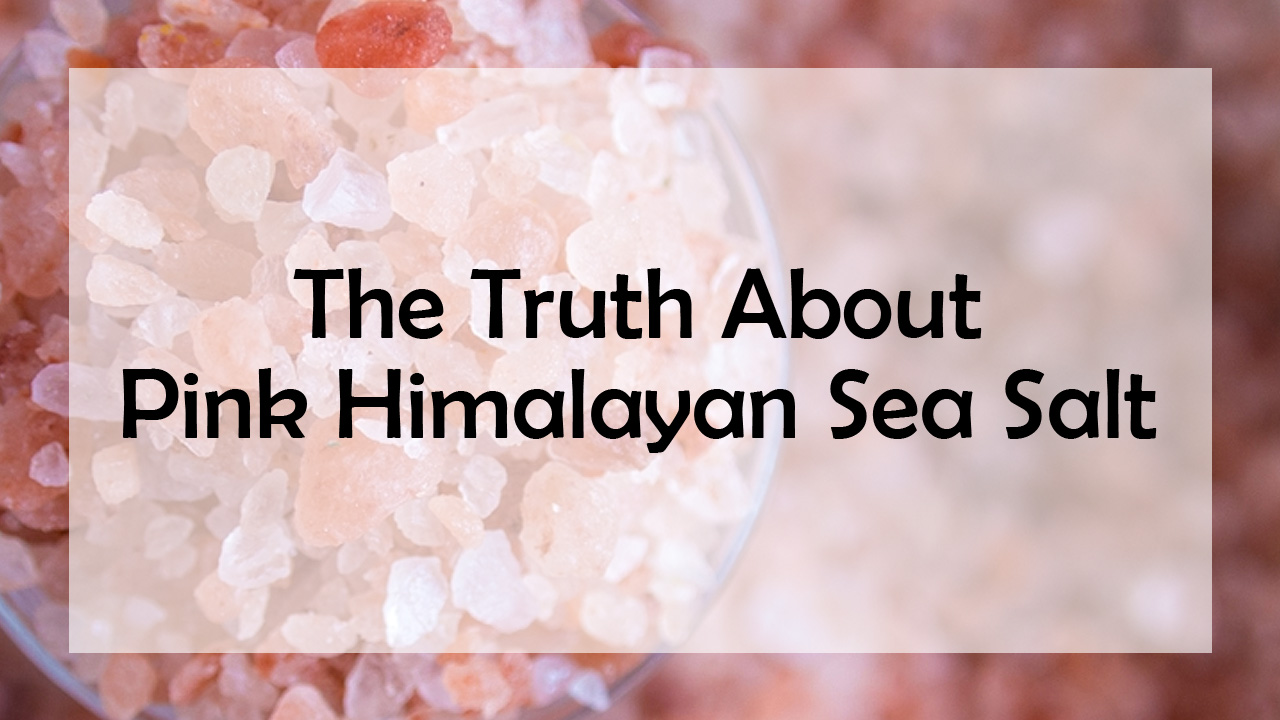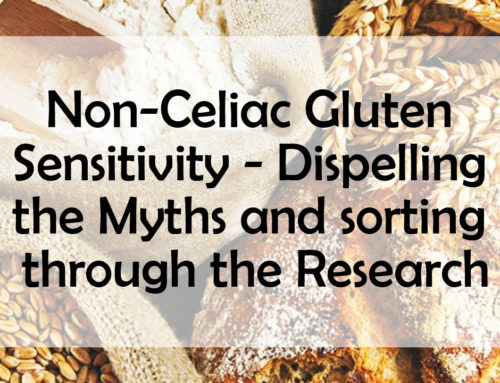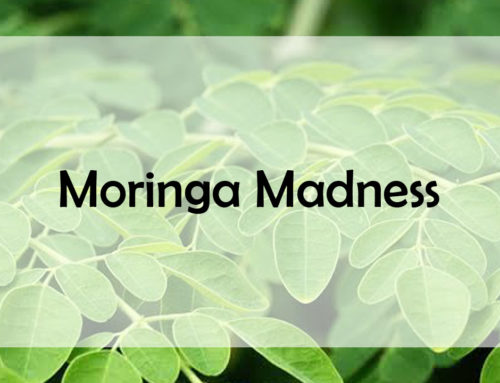Yes, it costs more, but it’s natural, unrefined salt with dozens of minerals and elements that’s extracted by hand from mines on pink veined majestic cliffs rising into the clouds in the world’s highest mountain range, untouched by pollution.
Although Himalayan sea salt has slightly less sodium than regular table salt and contains more calcium, potassium, magnesium and iron, the minerals in Himalayan salt are found in such small quantities that they are unlikely to provide you with any health benefits whatsoever.
Why pink Himalayan sea salt has become Wellness mainstream
Pink Himalayan sea salt’s popularity is due in large part to its pink colour, combined with trendy concepts of wellness in which single foods or ingredients are supposed to be good for you, based on notions of their ‘naturalness’. There is no mistaking those pink-tinged crystals from the plain old factory-refined, hypertension inducing grains of regular salt. That memorable colour gives the product an advantage that would otherwise be difficult for marketers to assign a distinctive brand, to something as mundane as salt. No one is going to be mistaking you as untrendy with a grinder of pink crystals on the table at your next dinner party.
Another key factor of Himalayan salt’s meteoric rise to wellness mainstream is because of its western marketing as healthful and Eastern – spiritual even. It joins things like turmeric and matcha as ingredients that have long been used, but that have become an obsession with the wellness community, touted as a ’superfood’ for its mystical exoticness and near-magical medicinal properties. Would it be as marketable if it were called Pakistani sea salt?
The Reality
Pink Himalayan salt is chemically similar to table salt. It contains up to 98 percent sodium chloride. The rest of the salt consists of trace minerals, such as potassium, magnesium, and calcium.
Although Himalayan sea salt has slightly less sodium than regular table salt and contains more calcium, potassium, magnesium and iron [ref.1], and thus hyped as a great way to get in your dietary minerals while lowering your sodium intake, the minerals in Himalayan salt are found in such small quantities that they are unlikely to provide you with any health benefits whatsoever. For example; it would take 3.7 pounds (1.7 kg) of pink Himalayan salt to obtain the recommended daily amount of potassium. And because the amount of sodium in pink Himalayan sea salt is less than regular table salt, you are more likely to use more to get the same taste.
Pink Himalayan sea salt is advertised all over the Internet claiming that it contains “the 84 trace minerals valuable to the body.” Most link to this website which contains a spectral analysis of Himalayan Pink Sea Salt which is not referenced.
More is better, right? So those 84 minerals ought to make pink Himalayan salt healthier than regular salt. That assumption is completely misguided. If the information in this spectral analysis is actually true, it should be more cause for concern than reasoning to consume Himalayan salt.
Only 15 minerals are known to play important roles in biological processes, and seven others are considered “possibly essential but not confirmed.” [ref.2] This means that only about a quarter of the minerals in Himalayan pink salt are nutrients that the human body can or might be able to use. The other three quarters are not recognized nutrients and would be better classified as contaminants. They have no known health benefits, and many of them are known to be harmful. The list includes a few you might recognize, like mercury, arsenic, lead, and thallium. It also includes radioactive elements: radium, uranium, polonium and plutonium. Although they are listed in such small trace amounts that they are unlikely to adversely affect you, to be listing them as ‘elements valuable to the body’ is completely false. This is just another example of pseudo-science trying to justify the latest trend.
According to some health and lifestyle bloggers and salt companies that suggest this practice – do NOT drink Himalayan salt mixed with a glass of water each morning. While that’s a great way to sell salt, a normal diet tends to provide significantly more sodium than is required. Excess sodium intake increases both the amount of fluid surrounding cells and the volume of blood in the bloodstream. Increased blood volume means more work for the heart and more pressure on blood vessels which can, over time stiffen blood vessels, leading to high blood pressure, heart attack, stroke and heart failure. [Ref. 3]
Himalayan sea salt does not contain added iodine – a macronutrient essential for thyroid hormone production, and especially important for pregnant women and their growing fetus. Unless you are eating a diet high in fish, seaweed and other seafood, getting enough dairy and grains, iodized salt is your only other means of getting this essential macronutrient. An iodine deficiency can cause lower-than-average IQ in infants and children and decrease adults’ ability to work and think clearly and may lead to hypothyroidism, or even enlargement of the thyroid, known as goiter. For pregnant women, an iodine deficiency can permanently harm the fetus by causing stunted growth, mental retardation, and delayed sexual development. [Ref. 4]
Awareness & Accountability
It’s not only important to be mindful of your eating habits but also mindful of where the food you’re eating comes from. Especially in a place that manufactures its own sea salt like Bali, it’s irresponsible to be buying imported products that had to be flown half way around the world that you can get right here. There are salt mines all over the world, including Canada, United States, Europe and Australia. Incidentally, most pink “Himalayan” salt actually comes from the Khewra Salt Mine, a government-owned mine, in Pakistan. Pakistani newspaper The Dawn reported in 2018 that a miner makes 350 Pakistani rupees, or about $2.50, for every ton of salt excavated. [ref.5] You might want to think about that the next time you are shelling out big bucks for this supposed health wonder.
Side Note
Pink Himalayan salt-laced potato chips, popcorn, and chocolate bars are not health foods.





Leave A Comment